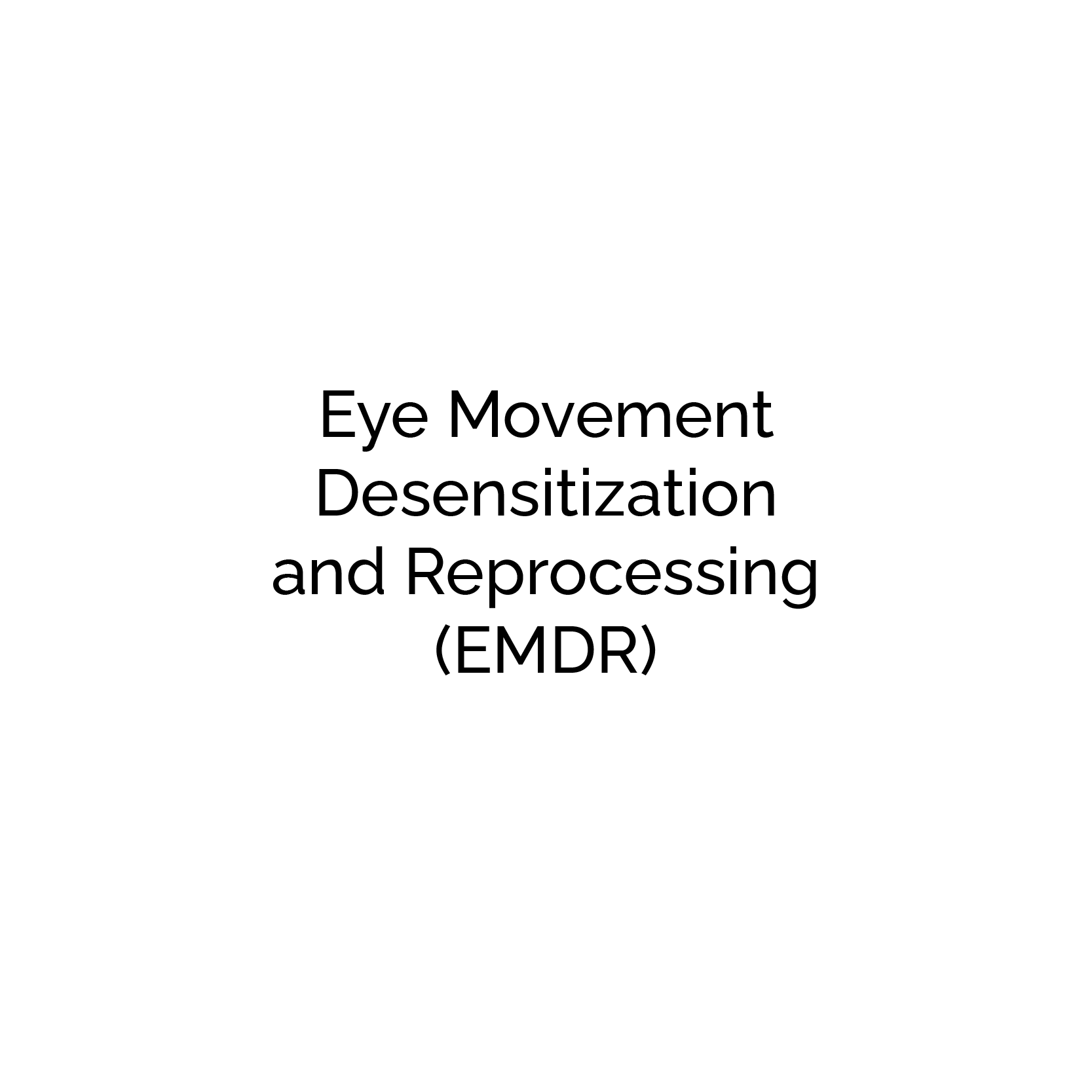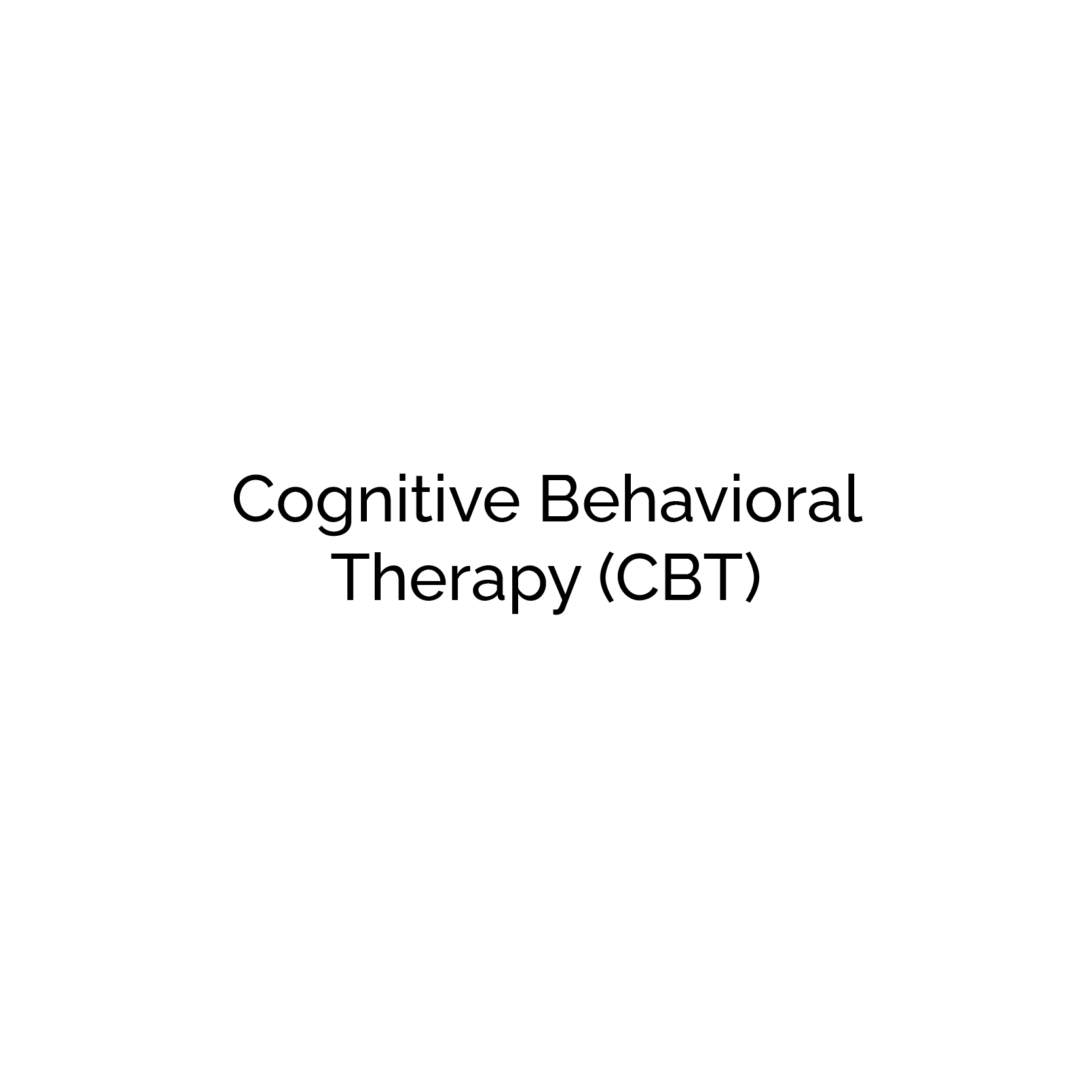Therapeutic Approach
The Academy at Sisters employs an evidence-based trauma-informed approach to the treatment of adolescent girls experiencing a wide spectrum of mental health challenges.
Whether your daughter has anxiety, trauma, attachment issues, or ADHD, we believe in a well-rounded approach to treatment. That is why all our residents have a treatment team, made up of a therapist, a treatment coordinator, a teacher, and a parent coach. As a team we create an individualized treatment plan that identifies what we want to accomplish during the student’s stay. This treatment plan is the guide for the therapeutic work that occurs in individual and family therapy sessions, coaching calls with treatment coordinators and parent coaches, and determines what skills your child will practice during day-to-day life throughout their time at The Academy.
We work in partnership with independent Parent Coach Professionals. Their coaches help parents focus on their familial relationships, strategize new tools and solutions, and more effectively assist in moving their adolescent/young adult to greater self-reliance. They work with families and our treatment team to assess a situation and develop a strategic approach allowing parents to find clear direction, a healthy perspective, and ultimately feel empowered.
A combination of these therapeutic approaches are used thoughtfully, over time, based on the needs of each student in Individual, Group, and Family sessions.



Therapy:
We offer individual, group, and family therapy with master-level clinicians. Our therapeutic team provides trauma-informed therapy based on cutting-edge science and research. The treatment team targets the student’s challenging symptoms using the combination of brain and body modalities. “Top-down” or brain approaches, like Cognitive Behavioral Therapy (CBT) and Dialectical Behavioral Therapy (DBT), help students shift problematic thought patterns and learn healthy communication skills. “Bottom-up” or body approaches, like Eye-Movement Desensitization Reprocessing (EMDR) and Equine-Assisted Psychotherapy (EAP), help students work through trauma with mindfulness and body-based coping skills. The combination of both brain and body therapeutic modalities helps adolescent girls reconnect their minds and bodies to heal and make lasting change.
What do these names, acronyms and initials mean and how do they help my daughter?







Day-to-Day Skill Practice:
We believe that no matter what your daughter decides to do with her life, she can be successful through learning skills to regulate her emotions, communicate effectively, and feel confident doing hard things.
Based on your child’s long-term goals, your treatment team will collaborate with your daughter to create short-term objectives. Your daughter will practice skills daily to meet these objectives in small consistent steps. Combined with our program’s positive-reinforcement behavioral change model, your child will learn how to be responsible for her actions. This is accountability-based learning in action.
